This is a really interesting story because the scans for the replica were made in a guerilla intervention. The BM did not give permission for it, and the Oxford-based Institute for Digital Archaeology (IDA) undertook the scanning surreptitiously. Salon (see below) says ‘Roger Michel, the founder of the Institute and Alexy Karenowska, the Institute’s Director of Technology, used Lidar cameras to generate an accurate scan.’
I’ve heard it said that the robot created an absolutely faithful replica.
‘The sculptures are accurate to a fraction of a millimetre.’

Photo from Salon: The Society of Antiquaries of London Online Newsletter (see below) mage credits: Roger Michel watches as the head is carved, Institute for Digital Archaeology (IDA)
So, critics of the BM can then say ‘Why not return the original if you have faithful replicas?’
Well, yes but it is still a replica (albeit made of the same Pentelic Marble as the original) and museums are testament to the power of the original. I can see a great reproduction of the Mona Lisa anytime, but it didn’t stop me going to the Louvre to stand with the hordes to see the original. Further, the robot produced sculpture was then finished off with extensive work by a team of humans.
The issue has never been about the quality of a possible copy to replace the returned originals. It is about who owns the originals.
However, this is still a coup of propaganda that has created one more chip in the defensive wall the BM has put up around the issue.
Note: you can subscribe to Salon: The Society of Antiquaries of London Online Newsletter

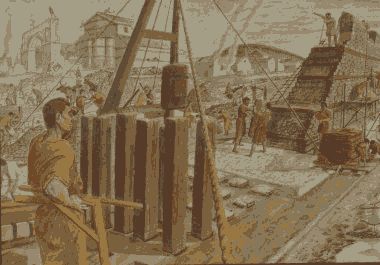
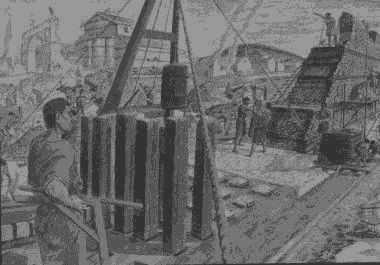
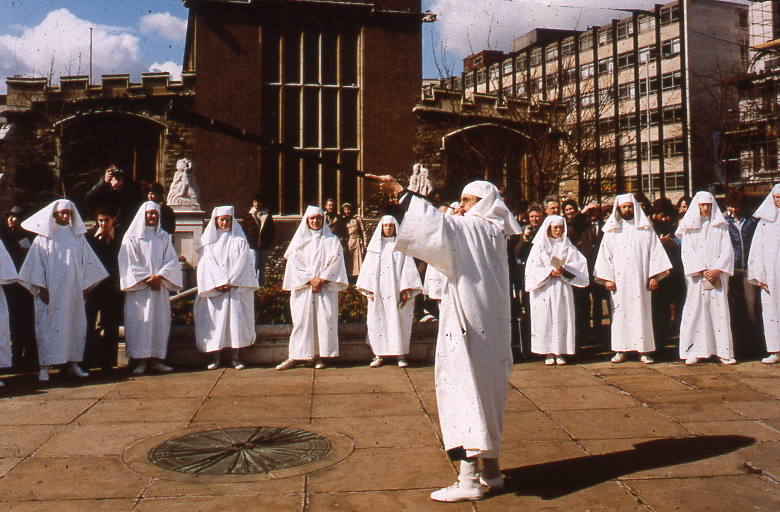

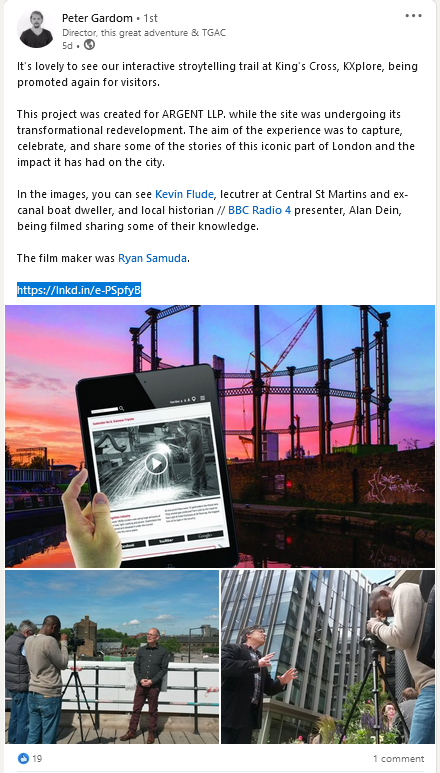
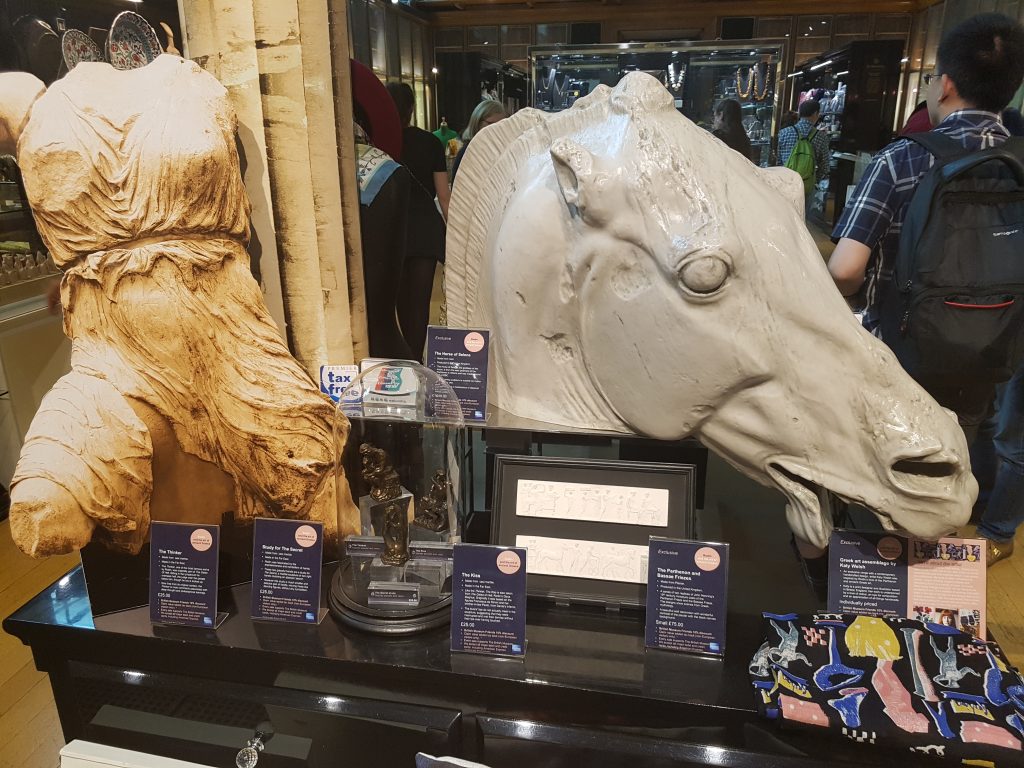
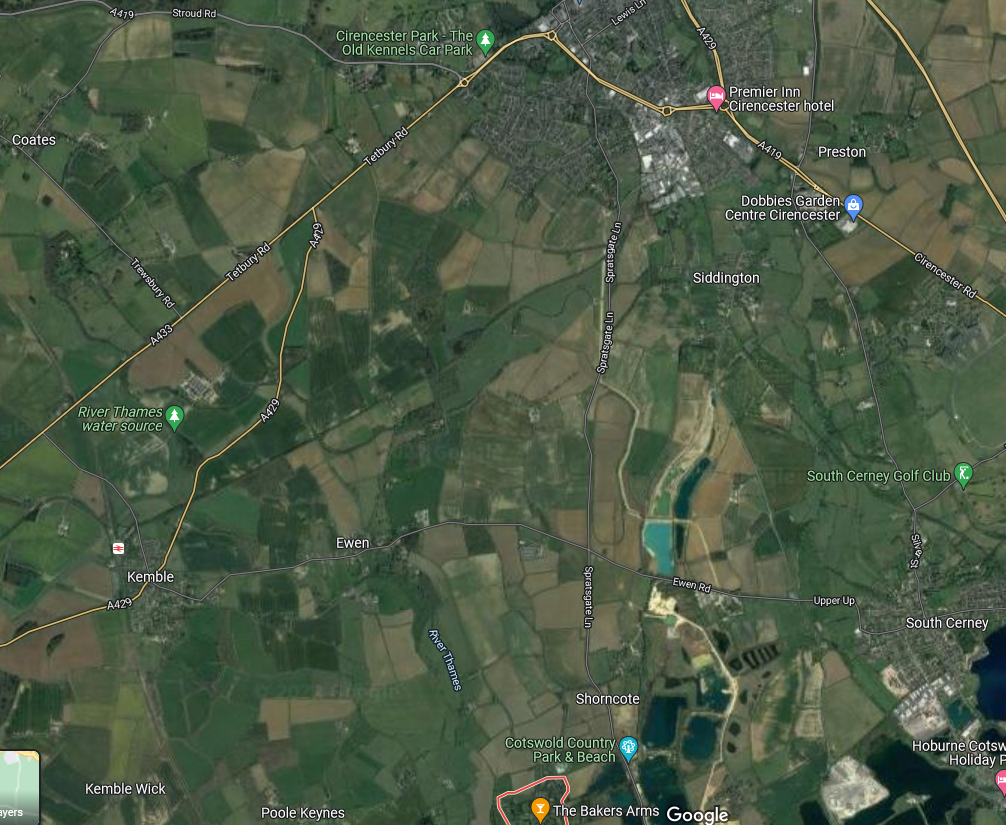
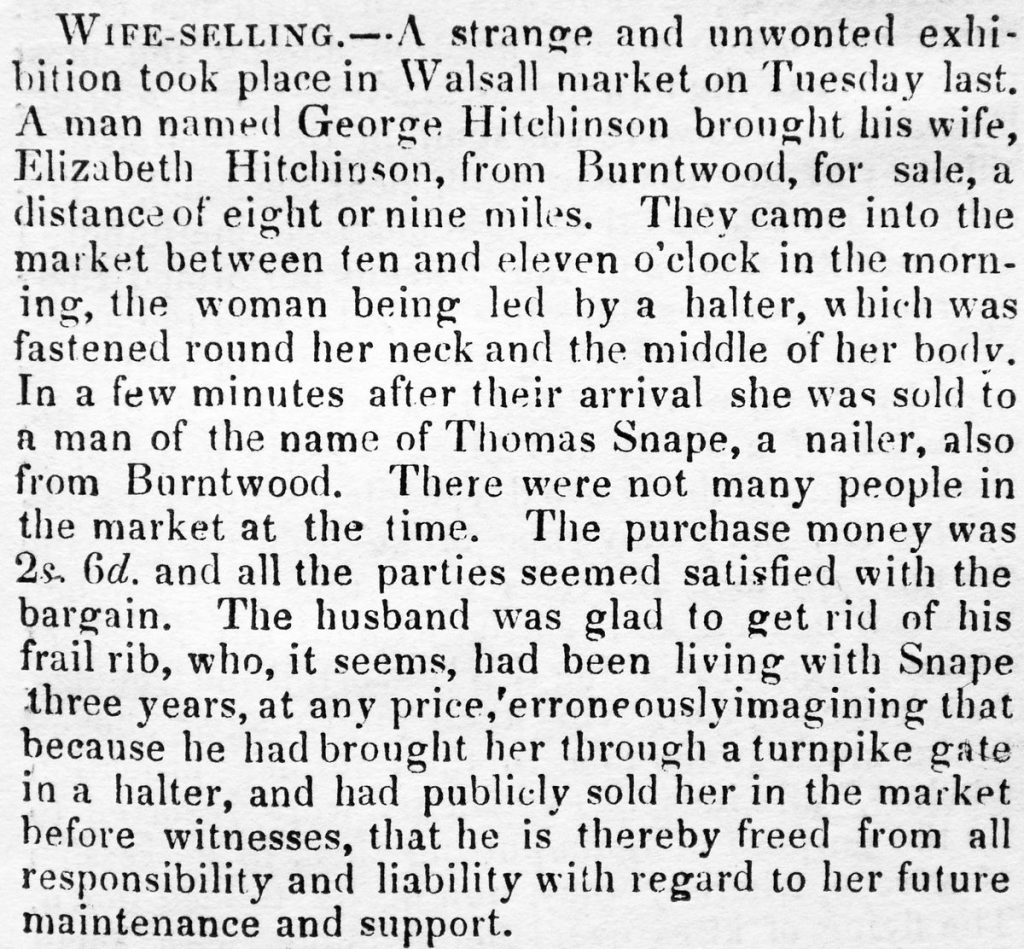
 negotiate directly with the Nigerian Government whether they return to Nigeria, or remain in Germany under custodial agreements.
negotiate directly with the Nigerian Government whether they return to Nigeria, or remain in Germany under custodial agreements. oval were completed in 1812 at a personal cost to Lord Elgin, of £70,000. The marbles were bought by the British Government in 1816 for £35,000 and placed in the British Museum.
oval were completed in 1812 at a personal cost to Lord Elgin, of £70,000. The marbles were bought by the British Government in 1816 for £35,000 and placed in the British Museum.
